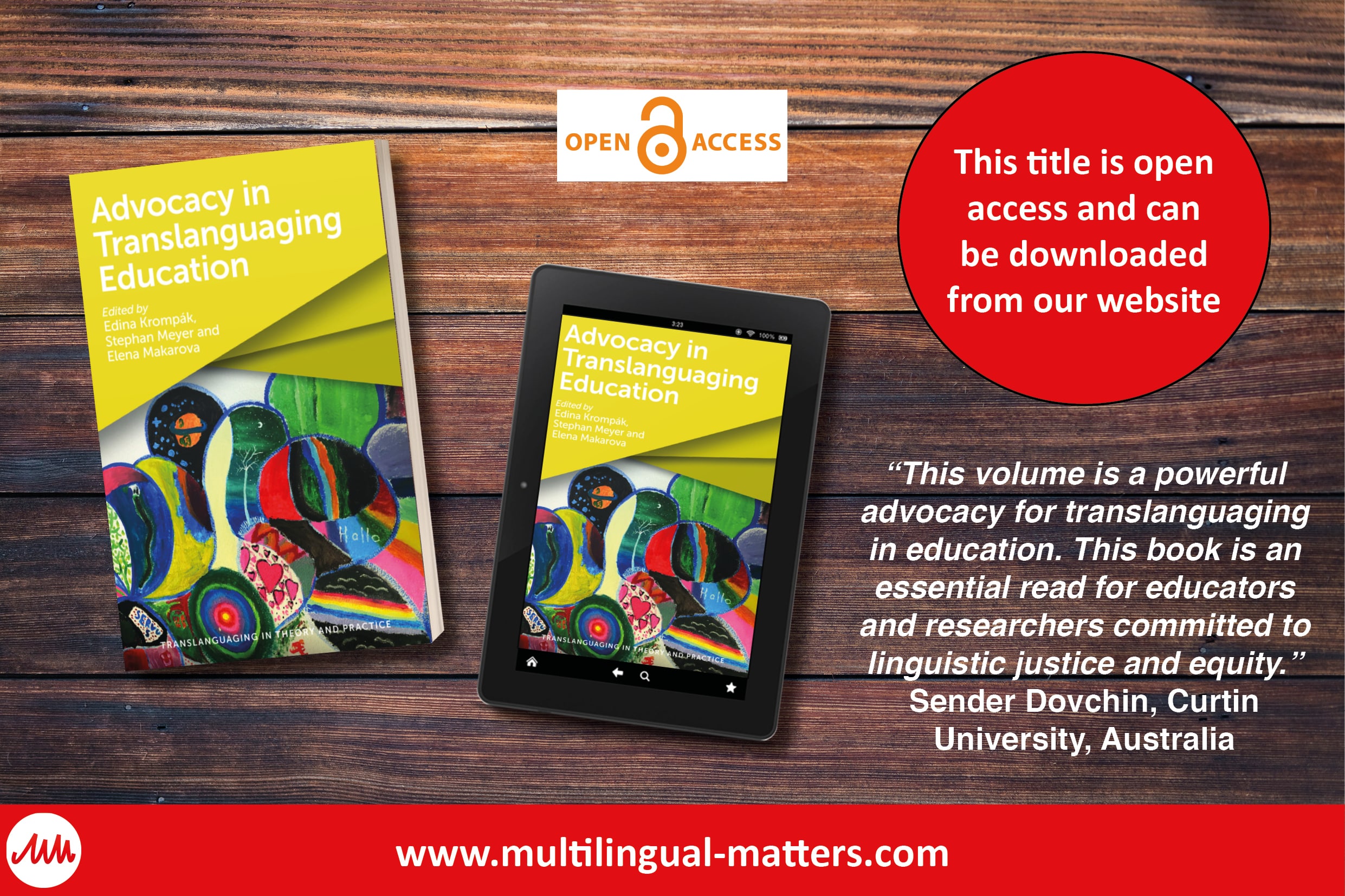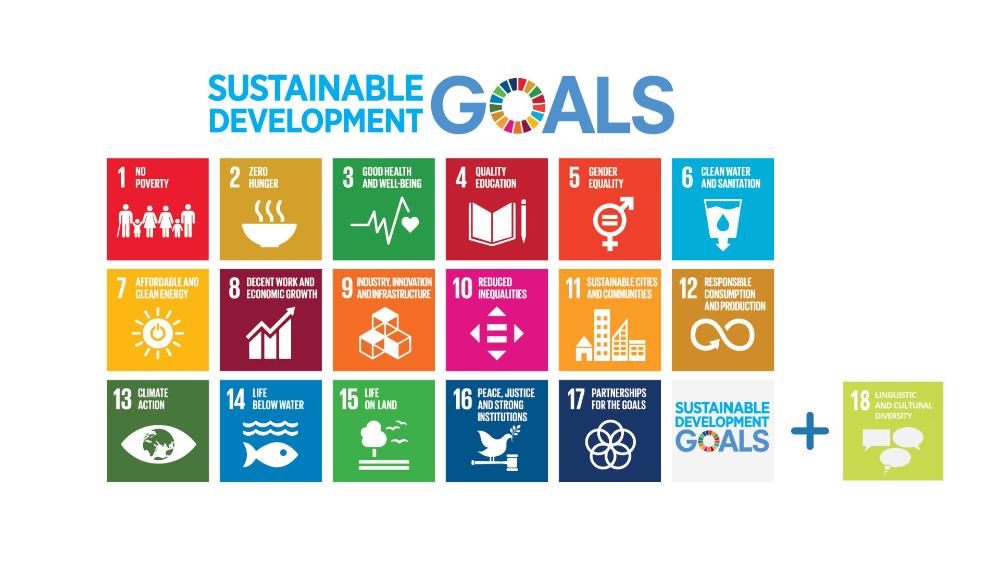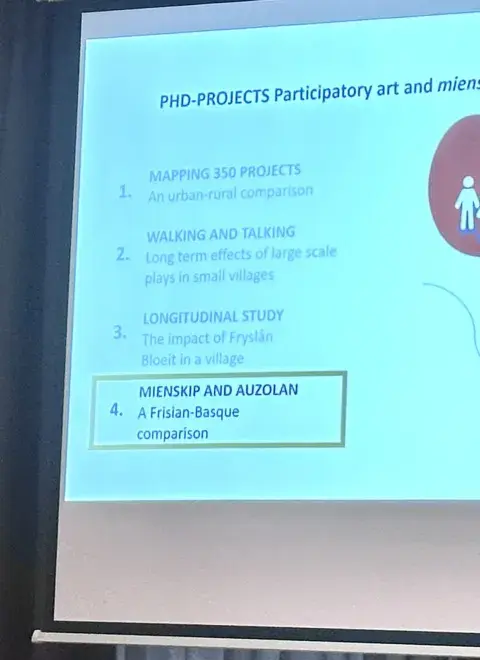
Image: Bannyan tree, often used to illustrate language diversity. Alasbrook@Pixabay.
- Blog
26th September, International Day of Languages
Today, 26 September, we join the celebration of the International Day of Languages by reaffirming Euskampus’ commitment to linguistic diversity.
As a polyhedral community that thrives on collaboration, we place particular emphasis on language inclusion. Embracing our cultural and linguistic specificities is both a challenge and a rewarding endeavor, as it allows us to acknowledge multiple identities and foster more open, inclusive ways of communicating — for the benefit of all.
In this spirit, we are pleased to share an excerpt from the recently published volume Advocacy for Translanguaging. The chapter “Translanguaging in Cross-Border University Collaborations: Enhancing Linguistic Diversity”, by Karin van der Worp and Itxaso Etxebarria Lekanda, reflects on how embracing our full linguistic repertoire can strengthen collaboration while also creating breathing spaces for local minority languages.

Image: Flyer of Publication Advocacy In Translanguaging Education
"It is increasingly common for universities to work together on an international scale, either for research or for educational purposes. In these more and more frequently occurring international collaborations between universities, one important concern that arises is the languages to be used in such collaborations; should a unique lingua franca be chosen as the vehicular language (often English as the main academic language), or do there exist possible ways for maintaining the linguistic diversity and including the different working languages of the international community? (Van der Worp & Etxebarria Lekanda, in press, p. 235, para. 1)
We explore multilingualism in the field of cross-border university collaborations and argue that linguistic diversity can – and should – be protected in these settings. It puts special emphasis on the beneficial role that translanguaging can play in these multilingual settings as a facilitator of linguistic diversity. Often, participants in international collaboration opt for the use of one international lingua franca, usually English.
However, this might have serious consequences for linguistic diversity, as the use of other local languages is reduced. In particular, the space for minority languages might be endangered, since in international situations, they have to compete not only with the local languages but also with the international language. (Van der Worp & Etxebarria Lekanda, in press, p. 236, para. 6)".
The central dilemma thus emerges as a tension between the dominance of English and the preservation of local languages, where majority languages frequently overshadow minority ones. This raises a critical question: to what extent should linguistic uniformity be pursued in the interest of wider knowledge dissemination, and how might this process compromise linguistic identity?
"However, there are also downsides to this one-language-only strategy. Unifying the spoken language might incorrectly give the idea of sameness among participants in terms of values and representations; one’s lack of competency in the lingua franca may affect one’s confidence in expressing oneself and may lead to a lack of precise formulation and thus a lack of information.
Moreover, using a lingua franca that is different from one’s own language may lead to a lack of emotional involvement (Lüdi, 2015). Adopting one single lingua franca may thus cause a lack of creativity, losses of information, a malaise related to not being able to speak one’s own language and the appearance of fracture lines between science and society. (Van der Worp & Etxebarria Lekanda, in press, p. 238, para.13)"·.
Globalization vs Internationalization
The drive toward globalization and the push to make our universities more international often collide with the need to preserve regional identity and the languages rooted in specific territories — particularly minority and regional languages that require coordinated efforts to ensure their survival.
So, what more can we do to safeguard linguistic diversity, and minority languages in particular? In this context, we invite you to the upcoming conference at the Faculty of Arts, EHU, Vitoria-Gasteiz, on 25–27 October 2025, FEL Annual Conference.

Image: SDGs plus #18, EHU
As outlined on its website, the conference will focus on the following themes:
Why is world shouting everywhere about sustainability but is decidedly mute on language?
SDGs and the missing goal In 1987, the UN Brundtland Commission defined sustainable development as “meeting the needs of the present without compromising the ability of future generations to meet their own needs.” Building on this, the UN adopted in 2015 a far-reaching Development Agenda with 17 Sustainable Development Goals (SDGs) to be achieved by 2030.
Described as “the blueprint to achieve a better and more sustainable future for all,” the SDGs tackle global challenges such as poverty, health, education, environmental protection, human rights, and the rule of law.. However, languages are not explicitly mentioned, and the way in which culture is addressed remains very limited.
As one linguist (Suzanne Romaine (2019: 41)) put it, “language is the missing link in the global debate on sustainability”. Recognizing the significance of languages within the SDGs is not just an act of heritage preservation, it is a dynamic step, an instrument for ensuring equitable and effective development for all.
Without linguistic diversity, many communities, particularly minority, indigenous and marginalized groups, are excluded from decision-making processes and denied equal access to vital resources. (See full text on official FEL Annual Conference) Language loss is a powerful driver of inequality, as linguistic dominance fuels exclusion and undermines many of the challenges addressed by the SDGs. Recognizing this, the Basque Country proposed a “18th SDG” dedicated to cultural and linguistic diversity.
FEL Annual Conference
The 29th FEL Annual Conference will build on this proposal, exploring how revitalizing endangered, minority and indigenous languages can contribute to sustainable development across social, economic, ecological and cultural spheres, while outlining the policy measures needed to move this agenda forward.
As specified on the site, this 29th FEL Annual Conference will contribute to the promotion of the “missing 18th SDG” and its future adoption in the official agenda of the United Nations. This conference will aim to explore the conceptual links between maintenance and revitalisation of endangered, minority and indigenous languages and sustainable development in different social, economic, ecological, and linguistic contexts; it will also seek to identify policy implications stemming from, and necessary to, further integration of language revitalization and sustainable development. (See full text on official FEL Annual Conference).
Envisioning a possible SDG 18 on languages requires recognizing linguistic diversity as a foundation for sustainable development. This entails raising awareness of cultural and linguistic plurality, strengthening the presence of endangered, minority and indigenous languages in education, media and public life, and adopting concrete policies at both national and local levels to secure their maintenance and revitalization.
Is translanguaging a choice?
Could translanguaging be a choice for including more languages in our everyday communication? Coming back to the term translanguaging as a common language practice, as Van der Worp and Etxebarria Lekanda (2025) put it: “it is necessary to shed more light on what multilingual practices participants can use to manage those linguistically diverse situations”. (Van der Worp & Etxebarria Lekanda, in press, p. 239, para. 16).
“The fact that a functional breathing space should be provided for using the minority language could be extended to our context: a place where the minority language has a valuable use. According to the idea of translanguaging, language dynamics following the principle of alternating languages, including the minority language, could provide such a breathing space for Basque, even in international contexts, where little value is otherwise attached to minority languages”. (Van der Worp & Etxebarria Lekanda, in press, p. 240, para. 23).
Let this International Day serve as an invitation to reflect on the power of languages and the need to safeguard and promote linguistic diversity, even within increasingly globalized contexts.
f you wish to attend FEL Annual Conference, (there is also a chance to do so online) or just know more about it, check this link.
If you wish to read the whole chapter of the publication Advocacy in Translanguaging Education, click here.
If the theme interests you and you would like to navigate through other sources, have a look at these:
- ELEN European Language Equality Network. The European Language Equality Network (ELEN) has as its goal, to the exclusion of any profit seeking, the promotion, protection and well-being of European lesser-used (i.e. regional, minority, endangered, indigenous, co-official and smaller national) languages, (RMLs), to work towards linguistic equality for these languages, and multilingualism, under the broader framework of human rights, and to be a voice for the speakers of these languages at the local, regional, national, European and international level.
- Minority Safepack Initiative. A package of law proposals for the safety of the national minorities, a set of EU legal acts that enable the promotion of minority rights, language rights, and the protection of their cultures.
- European Charter for Regional or Minority Languages. The European Charter for Regional or Minority Languages is a Council of Europe treaty designed to protect and promote states parties’ traditional regional or minority languages in all fields of public life.
References
- Lüdi, G. (2015) Monolingualism and multilingualism in the construction and
dissemination of scientific knowledge. In U. Jessner-Schmid and C. Kramsch (eds)
The Multilingual Challenge: Cross Disciplinary Perspectives (pp. 213–238). De
Gruyter - Romaine, S. (2019). Linguistic diversity, sustainability and multilingualism: global language justice inside the doughnut hole. In I. Idiazabal & M. Pérez Caurel (ed.), Linguistic Diversity, Minority Languages and Sustainahle Development. UPV/EHU. pp. 40-62.
- Van der Worp, K., & Etxebarria Lekanda, I. (in press). Translanguaging in cross-border university collaborations: Enhancing linguistic diversity. In S. Krompák, S. Meyer, & E. Makarova (Eds.), Advocacy in translanguaging education (pp. 235–252). Multilingual Matters. https://doi.org/10.21832/KROMPA9056

Suscríbete a Newskampus
Y recibe nuestras últimas noticias en tu email.



